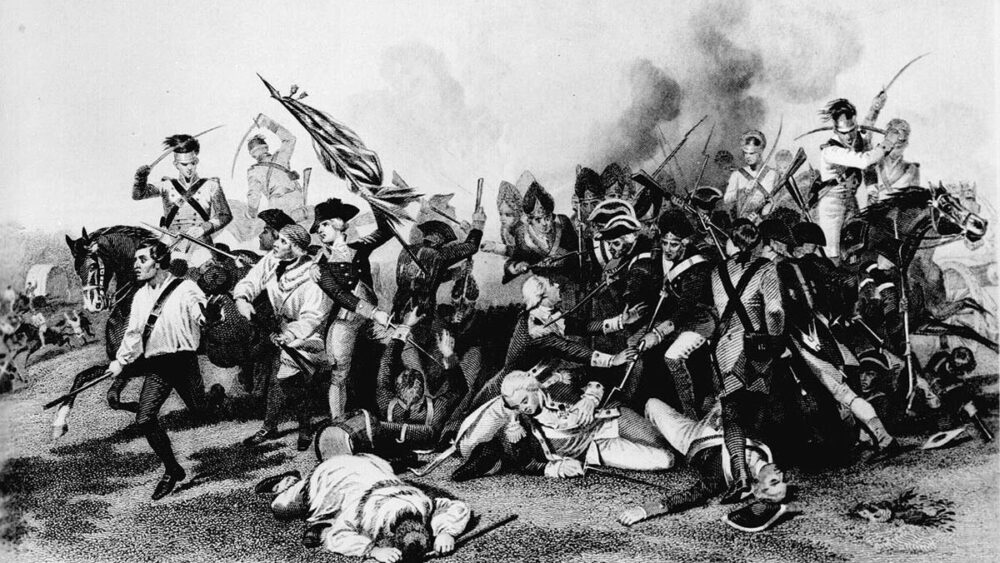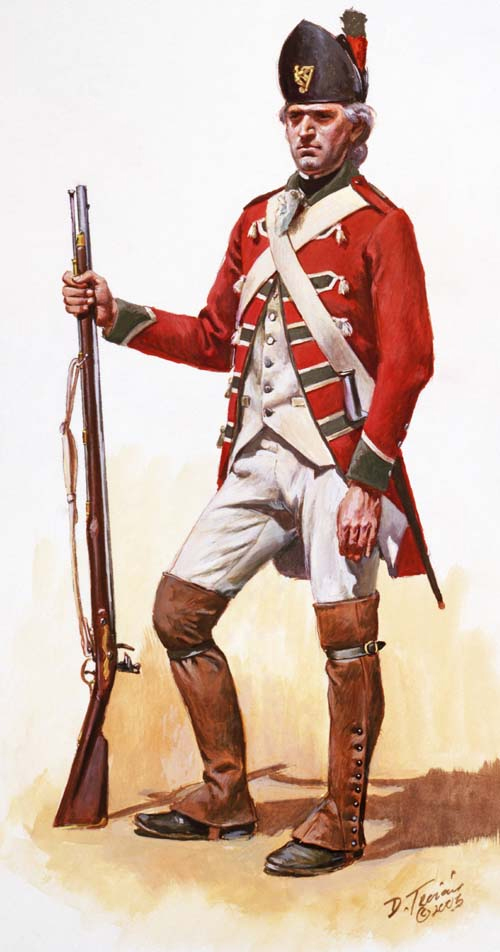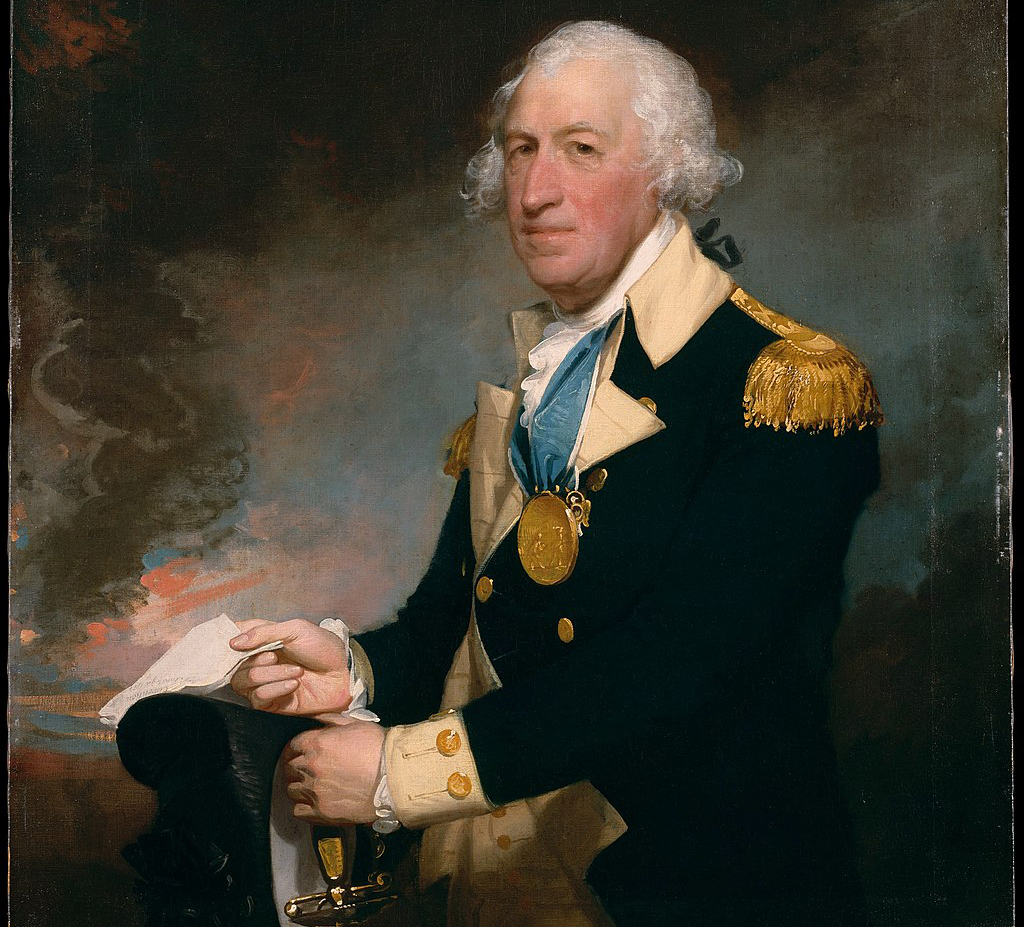Books have been written about war since writing was invented. In the 1890s, Stephen Crane’s The Red Badge of Courage initiated a new way to tell such stories. Rather than sketching out the clear, broad, historical strategy and describing the movements of armies, Crane showed his readers combat through the confused senses of a private soldier who was there amid the noise and blood.
Kim Stacy, a veteran himself who has been showing and telling audiences about the Battle of Camden for decades, takes the Crane approach.
That’s what he will do in a free lecture at noon on Friday, May 30, at the Cayce-West Columbia Branch of Lexington County Public Library at 1500 Augusta Road in West Columbia. The lecture, titled “The Battle of Camden: In their Own Words,” is part of the South Carolina Confederate Relic Room and Military Museum’s regular Noon Debrief program.
If you attend, you’ll know who the speaker is as soon as you see him. He’ll be dressed as a British redcoat, wearing the uniform of a member of the Volunteers of Ireland, a Loyalist unit that fought at Camden.
Aside from the personal touch of being uniformed as a combatant, Stacy will tell the story of what happened at Camden in 1780 through the words of men who were there on both sides.
His sources include:
- After-action reports sent by commanders.
- At least five generals who were there and later wrote about it.
- Period newspapers.
- The Battle of Camden, A Documentary History, by Jim Piecuch, which tells about one of the most important battles of the war through the words of American and British participants and contemporary observers.
“I like to go back to the original sources,” says Stacy. That means you will see and hear through the eyes and ears of such men as Horatio Gates, Baron Johan De Dekalb and Nathanael Greene on the American side, and Charles Cornwallis, Lord Francis Rawdon, and the oft-maligned Banastre Tarleton on the British. Plus others, less lofty of rank and less well-known.
Of course, the labels of “American” and “British” make the distinctions sharper than they were in reality. Some of the most prominent Patriot officers, such as General Gates, were born in England. And in many battles – especially in South Carolina – thousands of those in red coats were American Loyalists, standing up for the man they considered their rightful king.
If you doubt that it was complicated, note that the uniform Stacy will wear is that of a regiment he describes this way: He says it was “a provincial regiment raised with mostly deserters from the American army. Most had been drafted in the Continental Army or State regiments. They were mostly Irish and Roman Catholic.” He adds that they were battle-hardened men. also known as the 2nd American Regiment and the 105th Regiment of Foot.
In a very real sense, the Revolution in South Carolina was “just a vicious Civil War between neighbors,” says Stacy.
And Stacy, dressed as one of King George’s loyalists, will endeavor to help you better know the battle as experienced on both sides of that bitter civil conflict.





Comments are closed.